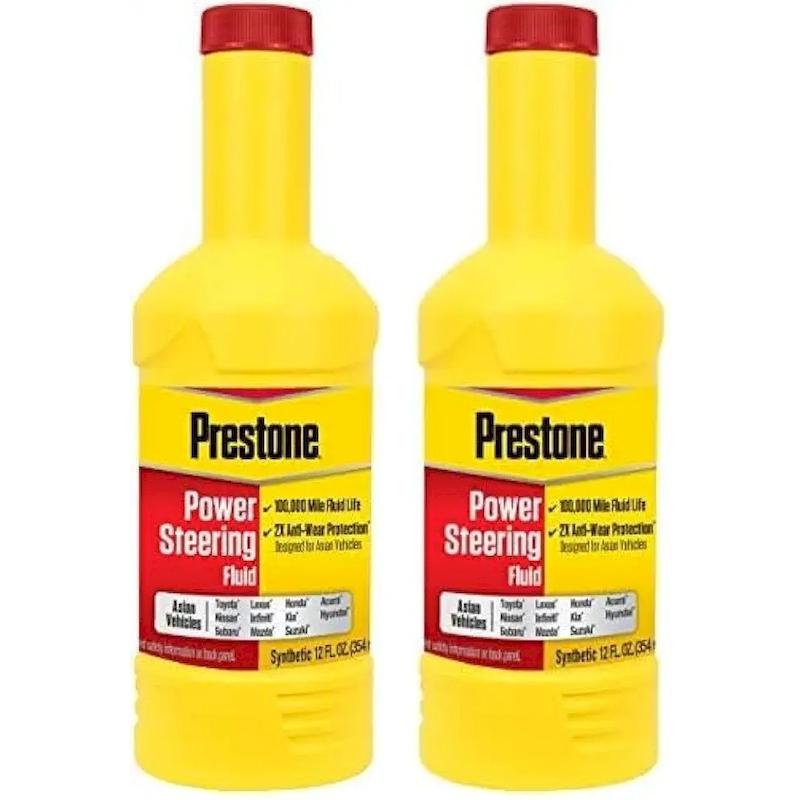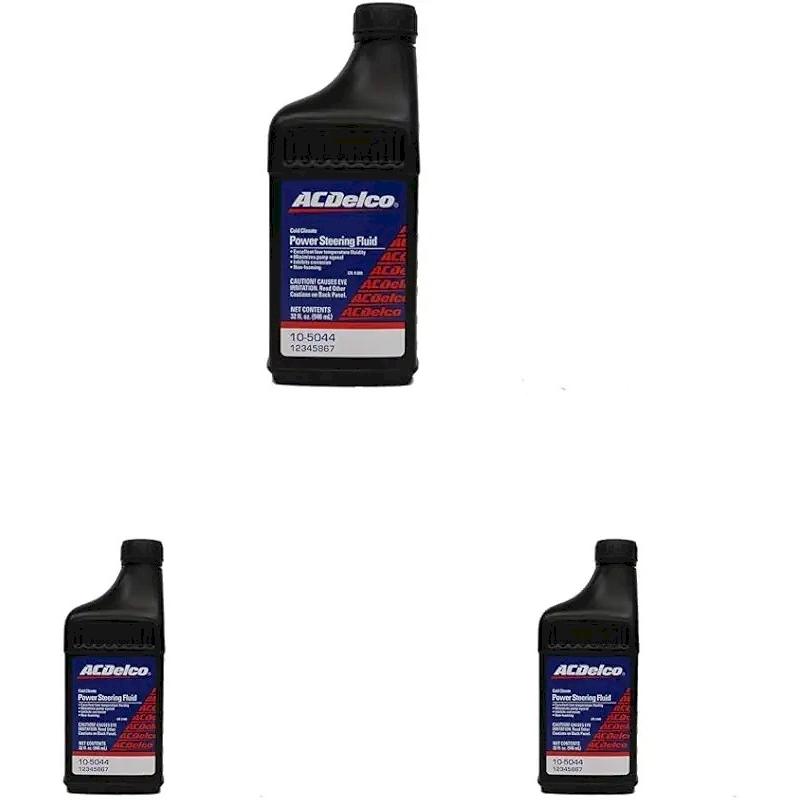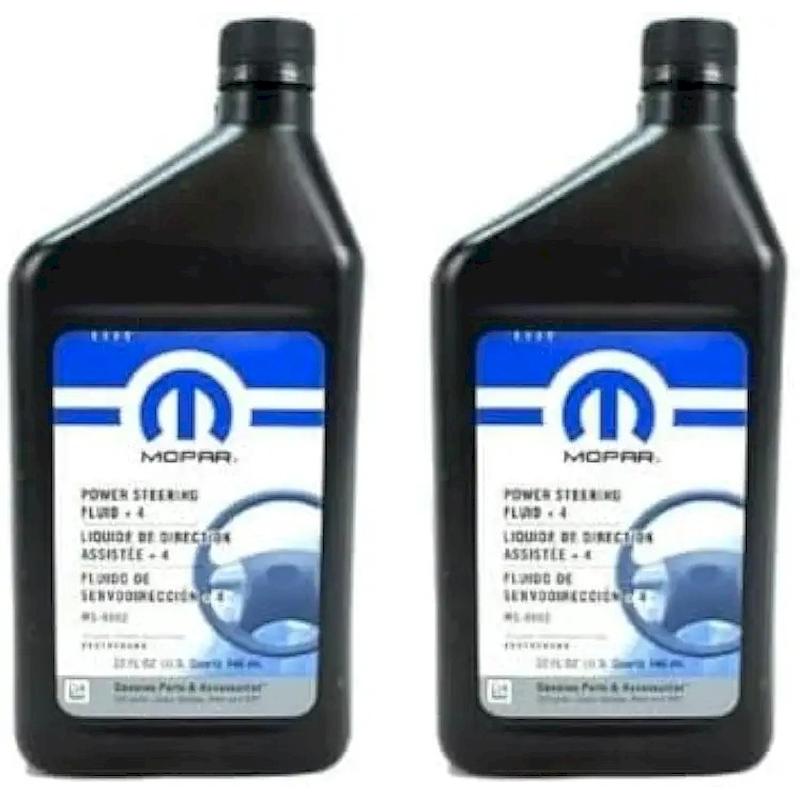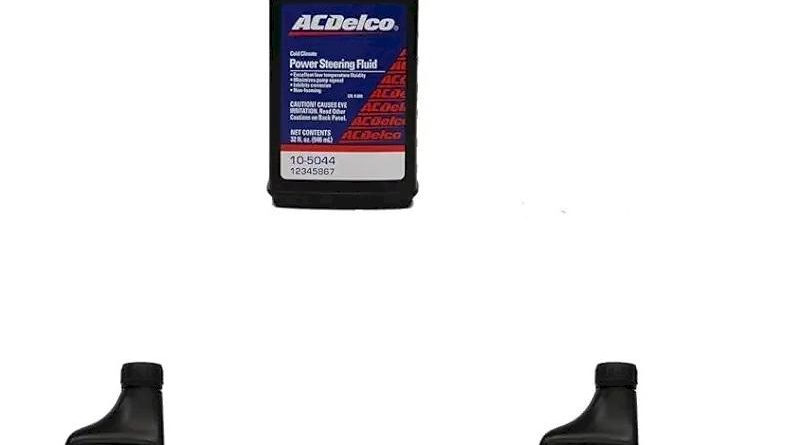Understanding Causes of Power Steering Fluid Bubbling
The steering system is vital to your vehicle’s safety and maneuverability, and power steering fluid plays a significant role in this critical operation. When you notice power steering fluid bubbling, it raises immediate concerns about the health of your steering system. Bubbling may indicate air in the power steering fluid, which often arises from various issues, including low fluid levels, leaks, or system malfunctions. Understanding how power steering fluid works and the reasons why bubbling may occur is crucial for effective vehicle maintenance. In this comprehensive guide, we will explore the symptoms associated with bubbling power steering fluid, the potential causes, and the necessary steps to diagnose and rectify the problem. By the end of this article, you will have a well-rounded understanding of how to maintain your steering system for optimal performance.

The Basics of Power Steering Systems
Before delving into the specifics of power steering fluid bubbling, it’s essential to understand how a power steering system operates. Power steering drastically improves the ease of steering, allowing drivers to maneuver their vehicles effortlessly. Unlike manual steering systems, which require substantial physical effort, power steering utilizes hydraulic assistance to enhance steering capabilities.
Hydraulic vs. Electric Power Steering
There are generally two types of power steering systems: hydraulic and electric.
- Hydraulic Power Steering: This traditional system relies on hydraulic fluid to exert force through a pump, often belt-driven by the engine. When the driver turns the steering wheel, the hydraulic fluid moves through the system, providing the necessary assistance to turn the wheels.
- Electric Power Steering: In contrast, electric power steering systems use electric motors to assist the steering mechanisms. This system can vary its assistance based on vehicle speed and driving conditions, leading to greater efficiency.
Both systems require specific types of fluids—usually hydraulic fluids—specifically formulated for their applications. A well-functioning power steering system is crucial for ensuring safety, comfort, and control in the vehicle.
What is Power Steering Fluid Bubbling?
Power steering fluid bubbling occurs when the fluid within the power steering system forms bubbles or foam. This bubbling can significantly affect the performance of the steering system, leading to a variety of issues. Understanding the symptoms of bubbling and the implications for vehicle control can help you mitigate problems early on.
Symptoms of Power Steering Fluid Bubbling
Several indicators suggest that there may be power steering fluid bubbling within your vehicle:
- Noise During Steering: You may hear whining or groaning sounds when turning the steering wheel. These sounds often indicate that air is present in the fluid lines, leading to inefficient steering response.
- Inconsistent Steering Feel: A bubbling fluid can create an inconsistent feel in the steering wheel. You may find moments where it feels heavy or unresponsive, complicating vehicle control.
- Fluid Leakage: If you visually observe fluid pooling beneath your vehicle, it might suggest an internal leak. If coolant or fluid looks foamy or bubbly, it indicates power steering fluid bubbling due to contamination.
- Handling Difficulties: As air infiltrates the power steering fluid, handling may feel sluggish or challenging. The vehicle might resist turns, and the steering wheel may not return swiftly to the center.
Recognizing these symptoms early can help prevent further damage to the power steering system and ensure that your vehicle remains safe and functional.
Common Causes of Power Steering Fluid Bubbling
Identifying the root causes of power steering fluid bubbling is key to addressing the problem effectively. Here are some common factors that can contribute to this issue:
Low Power Steering Fluid Levels
One of the most prevalent causes of power steering fluid bubbling is insufficient fluid levels. Low fluid can lead to elevated temperatures and increased aeration, which causes bubbling.
- Contaminated Fluid: Oil and debris can contaminate the power steering fluid, leading to bubbling. Low fluid levels can exacerbate this issue, resulting in poor performance.
- Leakage: If there is a leak somewhere in the system, the fluid levels will gradually deplete. The fluid loss can lead to air entering the system, resulting in bubbling.

Air Entrapment
Air can infiltrate the power steering system for several reasons. This entrapped air leads to bubbling in the power steering fluid.
- Fluid Change: When performing a fluid change, improper bleeding procedures can introduce air into the steering system. If not adequately managed, this air can cause bubbling.
- Loose Fittings: Loose connections or fittings in the power steering lines can create air leaks. This can allow air to enter the system, producing bubbling in the fluid.
Overheating
Overheating power steering fluid can lead to vapor bubbles forming. A malfunctioning power steering pump may be unable to maintain appropriate temperatures, causing the fluid to overheat.
- Weak Pump: A failing power steering pump may not circulate the fluid effectively. Inadequate circulation can lead to friction in the pump, causing it to heat up.
- Fluid Degradation: Over time, contaminants and thermal breakdown can degrade the power steering fluid. If the fluid doesn’t maintain its properties, it may develop bubbles when subjected to heat.
Worn Components
Old or worn components within the power steering system can contribute to bubbling due to several factors.
- Defective Hydraulic Pump: A failing hydraulic pump can struggle to pressurize fluid adequately, resulting in air pockets and bubbling.
- Worn Seals or Hoses: Deteriorating seals or hoses may permit air to seep into the power steering system. This can lead to increased aeration of the fluid, causing bubbling.
Wrong Type of Fluid
Using an incorrect fluid type can lead to compatibility issues within the power steering system. A fluid that doesn’t meet specifications may produce excessive foaming and bubbling.
- Improper Specifications: Different vehicles may require specific power steering fluid formulations. Always check the owner’s manual for suitable fluid types to avoid causing bubbling.
Diagnosing Power Steering Fluid Bubbling
Diagnosing the precise cause of power steering fluid bubbling involves a systematic approach. Here’s how you can effectively identify the problem:
Visual Inspections
Start by visually inspecting the power steering fluid reservoir. Check for signs of leaks or low fluid levels. Examine the fluid’s appearance—if it looks foamy or contaminated, it’s an indicator of a potential issue.
Listen for Noises
Pay attention to any unusual sounds when steering. Whining or groaning noises may indicate that air has entered the system. If airflow is inadequate, the power steering pump may need attention.
Measure Fluid Levels
Ensure the power steering fluid levels are within the recommended range. If they are low, top up the fluid consistent with manufacturer specifications and check for leaks.
Check Hoses and Connections
Inspect the hoses, fittings, and seals for wear or damage. Look for loose connections that may allow air to enter the system. Tighten any loose fittings if possible.
Perform a Fluid Change
If the fluid appears contaminated or degraded, consider performing a complete fluid change. Properly bleed the system to eliminate air pockets that may have formed.
Solutions and Maintenance Tips
Once you have diagnosed the cause of power steering fluid bubbling, it’s critical to take the necessary steps to resolve the issues. Here are various solutions and maintenance tips to consider:
Top Up Fluid Levels
If low fluid levels are the cause, simply topping up the power steering fluid can be a quick fix. Use the appropriate fluid specified in your vehicle’s owner manual.
Repair or Replace Leaky Components
If any hoses or seals are damaged or worn, they will need to be repaired or replaced. Addressing leaks promptly can help prevent air from entering the power steering system.
Bleed the Power Steering System
If air has become entrapped in the power steering fluid, bleed the system to eliminate air pockets. Follow specified procedures tailored for your car model to ensure effectiveness.
Check Fluid Compatibility
Ensure you are using the correct power steering fluid based on your car’s requirements. Using the wrong fluid can lead to bubbling and other issues. Always refer to the vehicle’s manual for diagnosis and recommendations.
Monitor and Maintain
Regularly monitoring the power steering system’s fluid and components is crucial for long-term performance. Conducting periodic checks can help you spot problems early, preventing further complications.

Conclusion
Power steering fluid bubbling can indicate various potential issues within your vehicle’s steering system. Understanding the causes and symptoms is essential for diagnosing and remedying the problem effectively. From fluid levels and air entrapment to overheating and worn components, numerous factors contribute to this bubbling phenomenon.
By taking a proactive approach to diagnosing and resolving the underlying causes, you can ensure that your vehicle’s steering system remains effective and reliable. Regular maintenance and proper fluid management are key factors in preventing issues before they escalate.
Ultimately, a well-maintained power steering system not only enhances your driving experience but also plays an essential role in vehicle safety. Knowledge about how to identify and address power steering fluid bubbling equips you with the tools necessary for keeping your vehicle in optimal condition. By prioritizing preventive care and making informed decisions, you can prolong the life of your steering system and drive with confidence.
